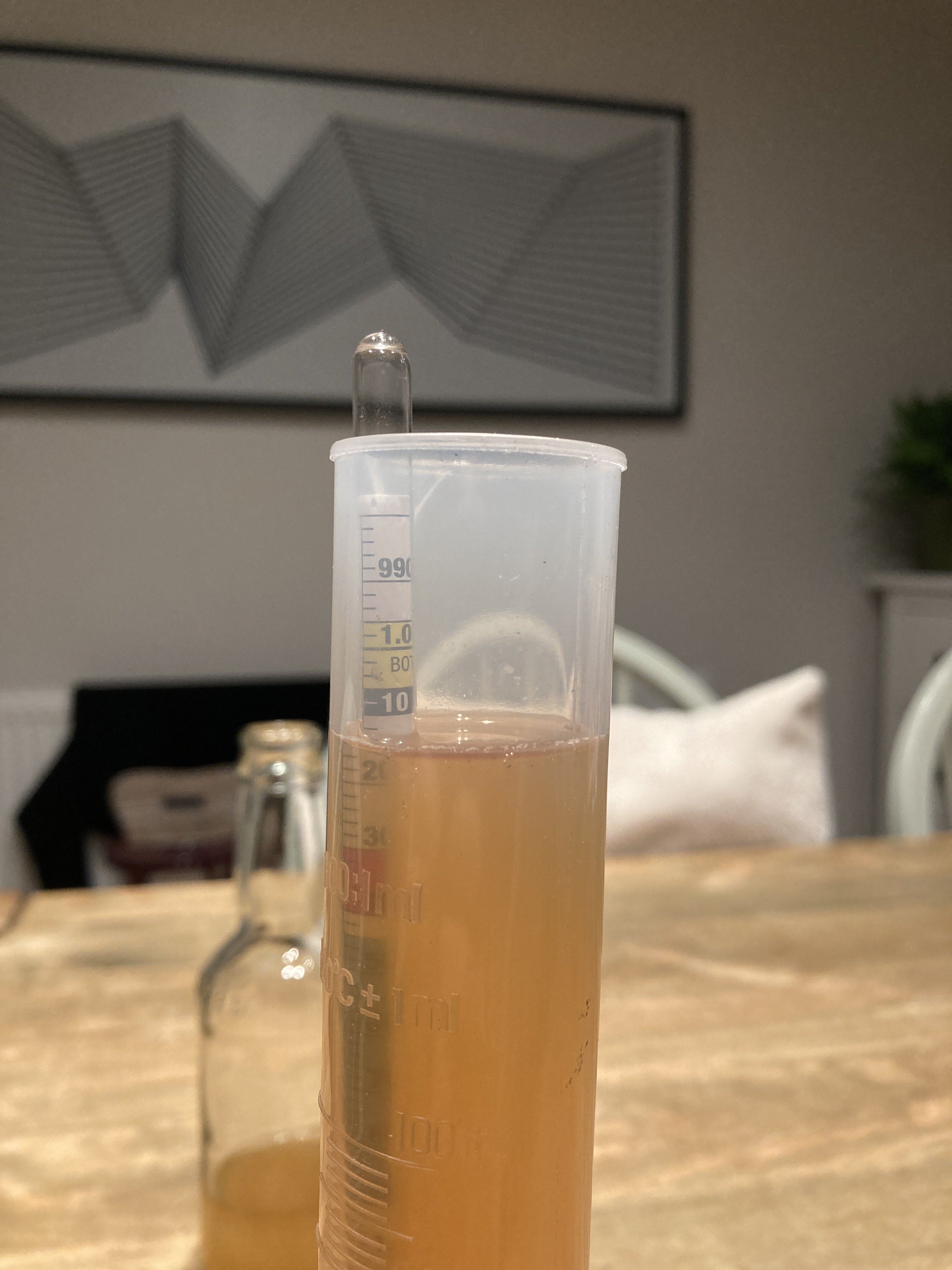nreed
Well-Known Member
Hi,
I primed and bottled my Amarillo/Chinook APA just now and decided to try the leftovers I couldnt get in the bottle and it was sickly sweet! Now I realise I've just added 50g of sugar but as it was to 7 litres of beer I assumed this wouldn't be a noticeable as it was! I assume that this may be normal and the yeast will convert all those sugars during conditioning but it was so sickly sweet I had to ask!
Other possible contributers - I used 5% honey malt.. have I over done this?
I primed and bottled my Amarillo/Chinook APA just now and decided to try the leftovers I couldnt get in the bottle and it was sickly sweet! Now I realise I've just added 50g of sugar but as it was to 7 litres of beer I assumed this wouldn't be a noticeable as it was! I assume that this may be normal and the yeast will convert all those sugars during conditioning but it was so sickly sweet I had to ask!
Other possible contributers - I used 5% honey malt.. have I over done this?































![Craft A Brew - Safale BE-256 Yeast - Fermentis - Belgian Ale Dry Yeast - For Belgian & Strong Ales - Ingredients for Home Brewing - Beer Making Supplies - [3 Pack]](https://m.media-amazon.com/images/I/51bcKEwQmWL._SL500_.jpg)








